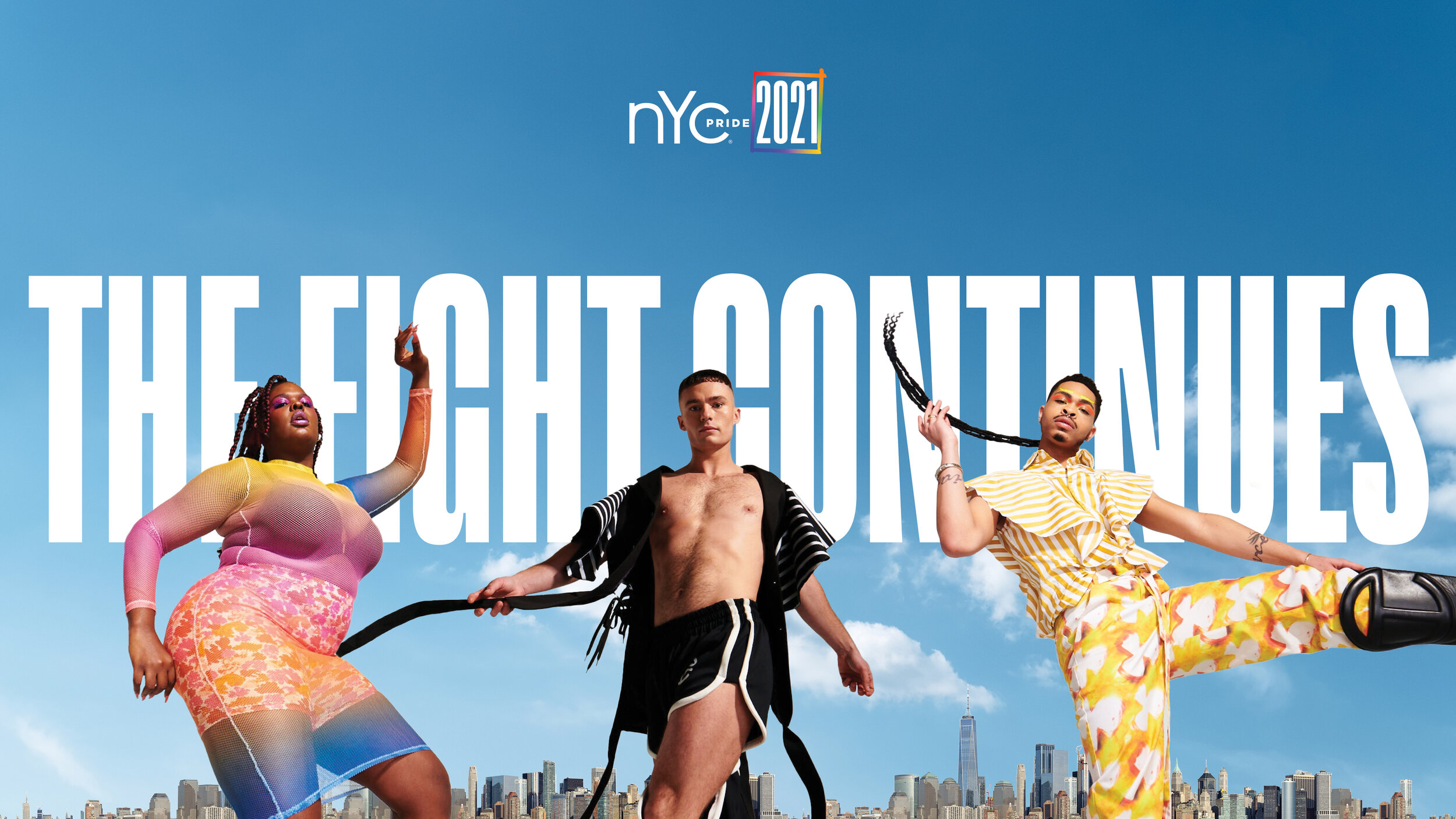In case you missed it, Working Not Working’s Justin Gignac and Nicolina Jennings recently dropped some serious truth bombs on HR Brew, alongside Adrienne Wright Cleveland from the Martin Agency. They dove headfirst into the epidemic that is quiet quitting—because yes, it’s a thing now. And not just a thing, but an entire movement (#QuitTok, anyone?). This shift should be a wake-up call for companies to rethink their approach to employee engagement and retention. It might be time to assess whether your current strategy is keeping pace with the needs of your talent and supporting a strong talent brand.
Read MoreCreatives Spill the Tea: A Pulse Check on Employee Happiness
At Working Not Working, we are on a mission to build the future of creative opportunity. But we’re looking around and it seems that opportunity is feeling more and more scarce lately. Forrester is predicting 2024 is the year of the “Employee Experience Recession,” with lots of global corporations not only cutting back on jobs but also DEIB and other employee wellness programs.
So we wondered, “How TF is our community feeling right now and what can we do to help??” We launched the first annual Working Not Working (Un)Happiness Survey to all of our full-time talent to find out how they were feeling and what companies can be doing better.
The results? They were…well, sad. However, there’s still hope for any organization that’s ready to double down on a retention strategy and look at their people as HUMANS, not headcount.
WNW (Un)Happiness Survey Results
All graphics are drawn by Saskia Keultjes (WNW Member #24033) and animated by Ceilidh Smith (WNW Member #127501)
We surveyed about a thousand full-time creatives, including art directors, content strategists, designers, and writers. While the results might not be exactly what we wanted to hear, we’re grateful for the candid responses. It’s a reality check on the state of our industry and we’re optimistic that sharing these hard truths will kick the industry into high gear.
If you’re working in HR or have a say in employee retention, we suggest you take a good look at what’s going on in your organization and make some moves (scroll down for our suggestions). After all, happy employees lead to happy customers, great products, and ultimately, a successful business. Let’s get into some key findings that really blew our minds.
Plain and Simple: Creative Employees Aren’t Happy
Across the board, full-time creatives of all ages, genders, and locations are feeling somewhere between “meh” and miserable. Unfortunately, this is consistent with greater dissatisfaction, AKA “The Great Gloom.” With RTO mandates and less focus on wellness programs, we’re not surprised. This is concerning news for both employers and creatives alike.
Creative Employees are Ready to Jump Ship
Most of our creative employees said they were ready to leave their company sooner rather than later. More and more, employees are less likely to stay in a job that makes them unhappy. This leads to high turnover rates, which can cause panic or worse– a domino effect and ultimately be costly for businesses.
Rise in Side Hustles
Over 65% of respondents are currently working as freelancers outside of their full-time employer. And of those creatives, half of them told us their current employer is not aware nor do they have any intention of telling them. This rise in side-hustles can be attributed to the desire for extra income, creative expression, and personal fulfillment. However, it also highlights a growing dissatisfaction with traditional work arrangements and a need for more flexibility and autonomy.
Why are creative employees unhappy?
While you might have some guesses as to why these creative employeess aren’t happy or committed to their work, we’ll lay it out for you. We asked our creative employees to point out some glaring issues with their current companies, so we highly encourage you to take this list as “what not to do” if you want to keep your team intact.
Lack of mentorship (97%)
Lack of educational opportunities/stipends (94%)
No clarity around career growth (97%)
Uninformed of new opportunities/lack of internal communication (96%)
Projects do not align with passions and interests (90%)
No support for employee resource groups (96%)
Lack of adequate medical and wellness benefits (90%)
Notice that salary didn’t show up on this list. While it typically gets prospective employees in the door, salary only keeps them an estimated 24 days longer. Statistically speaking, it’s culture that keeps employees an extra 8.5 months.
What are employers doing right?
We couldn’t just point out the negative! We asked our respondents what their employer does that shows they value them, and we weren’t disappointed. While there’s plenty to improve on, some companies are showing they care. Consider this a list of “what to do” to boost employee retention.
Respect Weekends
Encourage Work-Life Balance
Assign Projects that Align with your Creative Interests/Passions
Encourage Learning New Skills
Provide Good Medical/Wellness Benefits
Boosting Employee Retention and Happiness
We spend most of our lives at work, and it’s employers’ responsibility to cultivate an environment that keeps employees happy. It makes sense for the culture and the business. According to ASBN, stats show that unhappiness among employees can cost business owners almost 34% of their total revenue. Based off what we learned from our creatives, here’s our top three tangible suggestions on how to keep your company culture alive and well.
Get to Know Your People
Take a look at the list of what made our creative employees unhappy– could you list off employees who might share the same sentiment? Do you know who is involved with what ERG or what your teammates are passionate about outside of work? If you are at a large company or work remotely, you might think this is impossible. We’re here to tell you it’s not– no, and you don’t have to spend hours of coffee chats to get to know your people.
We recently launched NTRNL, an employee listening and retention platform. Our highly personalized profiles allow you to see the depth of interests and expertise within your existing workforce. It gives you a birds-eye view on what makes your people actual people and give them the opportunities they care most about. That way, you can place people on projects they care about, boost career growth, and make better connections throughout the organization.
Respect Work-Life Balance
More and more, Gen Z are “expecting” work-life balance. After the pandemic, millennials started taking after their lead and starting to put their foot down, too. As these generations dominate the workforce, it would bode well to create environments that foster balance.
Creating balance is a conscious effort that starts from the top down. Cultivate an environment where people can openly talk about their interests and activities outside of work. Encourage employees to take breaks and disconnect from work when they're off the clock, especially on the weekends. Offer flexible schedules, especially for those who have families or active health issues.
Making a point to internalize and implement this culture shows that you trust and value your employees, which can lead to higher levels of engagement and loyalty. Don’t underestimate the impact this can have on productivity, creativity, and profitability.
Provide Good Medical/Wellness Benefits
Providing good medical and wellness benefits sends a very important message to your employees: that you care about their well-being and are invested in their long-term health. This can range from offering comprehensive health insurance coverage, providing gym memberships, on-site fitness classes, or implmenting a company-wide wellness program.
Good medical and wellness benefits not only attract top talent but also help retain current employees. By investing in their physical and mental well-being, you are showing them that they are valued members of the team and not just cogs in the corporate machine. This can lead to increased job satisfaction and ultimately, higher productivity.
In a Nutshell
Employee satisfaction is the heartbeat of a thriving organization. Our employment happiness survey gave our creatives the chance to reveal their experiences and the urgency to focus on employee retention. Understanding and measuring employee satisfaction is the key to successful business. Prioritize your people to pave the way for a brighter future together.
Nicole Lelacheur, a Senior Copywriter at JOAN, Talks Empathy, Instincts, & Keeping a Foot Firmly Planted Outside Adland
“I used to wait around until someone else said the thing I was thinking in order to validate it. Don’t wait to speak on the things you believe in.”
Read More4 Steps to Build as a Business & Show Your Value, Courtesy of Carolyn Bothwell, Brand Strategist & Founder of Freelance Founders
On Friday, April 1st, First Fridays Host Elyn Kazarian and Brand Strategist, Copywriter and Founder of Freelance Founders, Carolyn Bothwell, got together to talk about a topic that is no joke: financial literacy and security.
Read More6 Steps to Build Your Best Photography Portfolio
Working Not Working has joined forces with photographers Jessica Pettway & Andi Elloway to look into what goes into a great photography portfolio and how to select images and a layout that show off your personal point of view.
Read More5 Portfolio Takeaways from Apple, Netflix, & Vans Animator Keenon Ferrell
So how can an Animator showcase their designs in a way that both works with the artistry and intent behind them, and demonstrates their one-of-a-kind style and thinking? We got together with Keenon Ferrell, a digital animator and illustrator based in NYC, to talk about just that.
Read MoreMischief President & “Sassy Bossypants” Kerry McKibbin on Stirring the Industry, Ideas Over Agency Theater, & the Power of “No”
Mischeif President, Partner & “Sassy Bossypants” Kerry McKibbin offers unique insight into Mischief’s creation, creating mischief daily, and “the power of no.”
Read MoreIllustration by WNW Member Vrinda Zaveri
5 Tips to Find Work, Collaborators, and Community on Working Not Working
Want to know how you can find work? Want to know how to get noticed? The WNW team has your back. Take a look at some quick steps below.
Read MoreTOV Consultant Vikki Ross Helps Brands To Become Human & Humans To Become Copywriters. (Sorry Robots.)
I encourage brands to be confident with what they say and how they say it. I work with some of the biggest brands in the world and it’s so frustrating when they look to their competitors for inspiration when they could and should be leading the way for their category.
Read MoreAnimation by WNW Member Anthony Eslick
13 Steps to Create a Stand-Out Profile on Working Not Working
We’ve built Working Not Working profiles to be as multifaceted as you are. What that means is they’re aesthetic, adaptable, and can serve a number of roles. Here are our team’s collective thoughts, as well as the basic steps that you should follow to ensure a great profile.
Read More"100 Roses from Concrete" Provides Sunlight, Soil, & Water For Creative People of Color
Thacker created 100 Roses From Concrete, but he’s also done so much more, that to paint him as just its founder would do his journey so far an injustice. Here he is explaining the origin of 100 Roses From Concrete, the Young Commodores Program, what real diversity and inclusion look like, and much much more.
Read More"Globally, the Narrative Pen Is in White Folks’ Hands." Nigerian Copywriter Dotun Bello on the Need for Industry Change
“I think the biggest problem is that globally the narrative pen is in white folks’ hands. Even in Africa, our regional campaigns are created all the way in London. That's ridiculous to me. I think we need to give the people the narrative pen.”
Read MoreTalent Talk with Kim Lovell, Creative Talent Manager at VMLY&R
After a year stint as a Creative Recruiter at the Creative Circle, Lovell’s brought her talents to VMLY&R and constantly works to fill its staff with the greatest creative minds that she can. Here’s her process and perspective on finding talent.
Read MoreAs The Martin Agency’s CCO, Danny Robinson Sets the Creative Tone & Asks the Right Questions
Over the past 17 years, Robinson has worked as a SVP/Group Creative Director, Chief Client Officer, and Chief Creative Officer as of last August. He’s seen a lot during his time with The Martin Agency. Here’s an exhaustive look at the grand scope of working at the agency, evolving creatively, and intrinsic learning as it relates to his work.
Read MoreLarry Gordon’s Passion for Advertising Diversity Will Change the Industry for the Better
Gordon explains diversity in advertising with the same passion that goes into explaining new ideas. Our conversation about his background quickly moved into the steps that advertising needs to take to become more inclusive and I think it’s all the better for it. For agencies looking to make some serious change, Gordon practically lays out the blueprint that will help the creative world change for the better.
Read MoreEmily Berger Started in Accounting. Now She’s an Award-Winning Creative Leader.
Coming from a family that spoke about ads at the dinner table with the same air of normalcy as sports, Emily Berger was always destined to become a creative titan. While interning in an ad agency accounting department and hating every second of it, she realized that she wanted to do what the creatives were doing and made it her mission to be like them.
Read MoreStart With People: How The Working Assembly Builds Company Culture
What does it mean to build a company culture? What is “meaningful” when it comes to work? When we had the opportunity to speak to Jolene Delisle, Founder and Head of Creative at The Working Assembly, about starting her own agency and building out a team, these two questions centered our conversation.
Read MoreHow Portfolio School Alternatives Are Teaching Aspiring Advertising Creatives For Free
At the One School, Polanco spent 16 weeks on a crash course learning the ins and outs of being a creative. Here, she explains how her creative background and education at the One School have prepared her to be a creative within the advertising industry.
Read MoreVisuals by Kayla Homenok
Creativity & Well-Being: Shifting the Way We Think About Work
The culture of overwork has brought many of us to a point where burnout is becoming very real and to a point of defining our full identity and sense of self by what we have achieved in our work or careers.
Read More


















